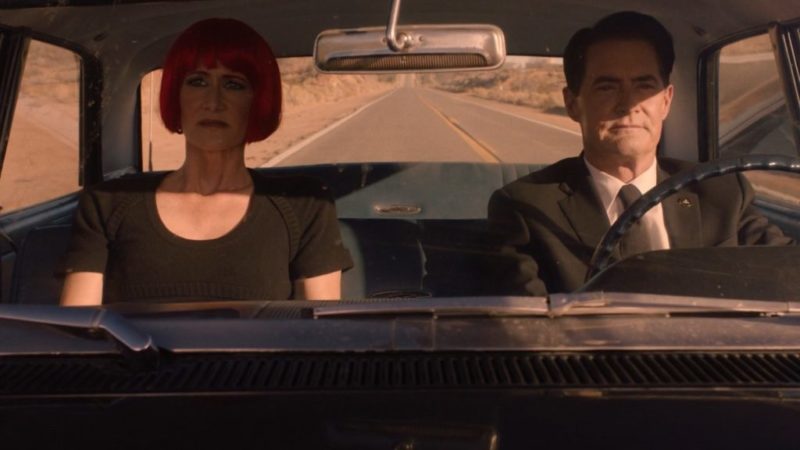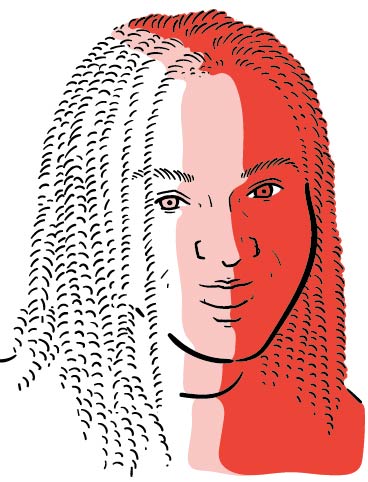
“What cannot be mystified in Las Vegas must be contextualized.” —Dave Hickey
You have reached your article limit
Sign up for a digital subscription and continue reading all new issues, plus our entire archives, for just $1.50/month.
Already a subscriber? Sign in





